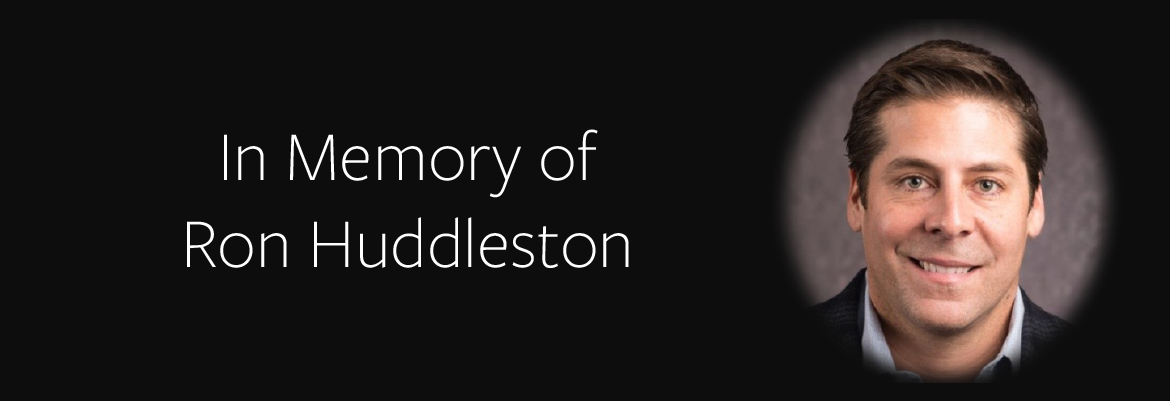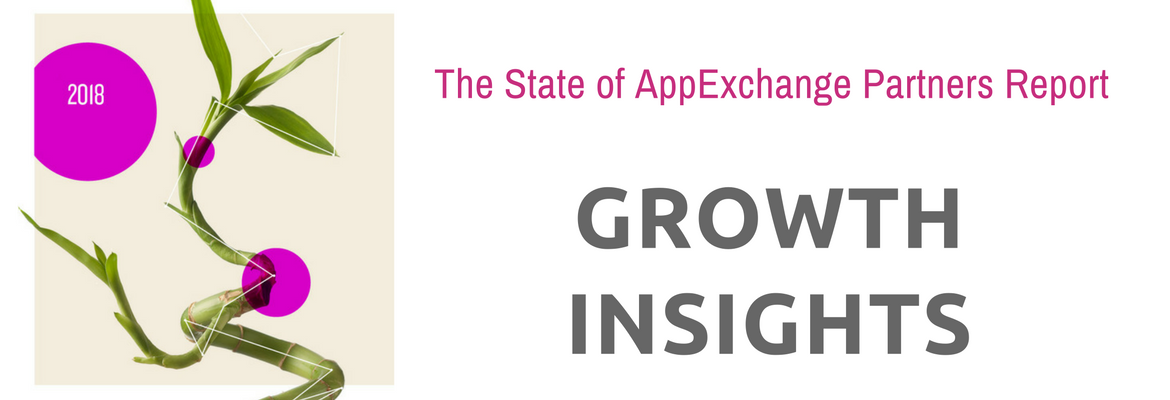
With Dreamforce ’17 quickly approaching, we’re looking back at our experience last year and remembering some of our wins. Interlace Health (formerly known as FormFast) needed a new demo launched for DF16, and their partnership with us helped make it a success from that launch to today. I’ve laid out the full story below — feel free to get in touch with us if you need a helping hand.
Intro
For healthcare providers and patients everywhere, paperwork plagues the care process, from pre- to post-treatment, and everything in between. With Interlace Health leading the industry in document workflow technology for 1100+ hospitals, it knew it was time to extend its interface to better the relationships its care providers had with the people who matter most: their patients. But its existing technology wasn’t going to cut it. Enter: CodeScience.
About Interlace Health
There are few relationships in life like those which you hold with your doctors. They know your history, and are key to where you’re going. Yet one thing often gets in the way of a smooth care experience with any health practitioner: paperwork.
The at-home, pre-treatment paperwork. The sitting-in-the-office-waiting-room paperwork. The post-op paperwork. Paperwork, paperwork,… (We won’t say it a third time, just in case.)
For practitioner and patient alike, the necessary paperwork required for any sort of treatment at a care facility adds time, money, and room for error when it comes to both delivering and receiving great care.
Twenty-five years ago, Interlace Health set out to fix that, building an enterprise software platform that integrates with EHRs and other core systems to automate required documents, capture data, and accelerate workflows, securing its place as an industry leader in electronic forms and document workflow technology.
Today, Interlace Health continues its mission of making document workflow technology more effective and cost efficient for healthcare providers. Meanwhile, it’s also focused on bringing patients into the equation: with a patient-facing UX that allows providers to develop even deeper relationships with their clients where they’re at…much like Interlace Health has done with its own.
The Test
Interlace Health has built relationships with 1100+ hospitals and healthcare facilities. That’s no small feat. Its software successfully streamlines all facets of the multitude of forms required for care within the hospital environment, amongst care coordinators (nursing + administrative staff) and care providers (doctors).
But, despite stellar relationships with care providers near and far from its St. Louis, Missouri headquarters, Interlace Health wasn’t extending its reach beyond those onsite environments. It thus identified a gap that was sorely in need of a bridge: the chasm between an on-premise hospital/facility solution and patients, at home.
“Transmission of forms — even when they can be downloaded from a website ahead of time — has required printing, fax, mail, and/or in-person visits. It results in information coming in from a lot of different directions, and a lot of patients waiting until they’re on premise to deliver them,” describes Yancey Stout, Product Manager at Interlace Health. “This causes a delay in hospitals receiving information. Some of that is really important to prepare for whatever they’re coming in for — from insurance verification to identifying risks with a patient that they may not know till the day of.”
Failing to complete pre-care and post-care documents isn’t due to sheer laziness on the part of patients, of course — confusion and inconvenience play a big role. The effects are felt in increased delays, errors, and costs for healthcare organizations — and a less-than-ideal experience for patients.
Interlace Health knew there had to be a better way to not just streamline document workflow within organizations, but to broaden its software’s role to impact the entire hospital management lifecycle, from patient to provider.
“We knew we needed to increase the level of collaboration around forms in the medical community — to enable the capability for providers to reach out and allow patients to fill out forms from home, and also for physicians/clinicians who may be outside the hospital to be able to submit forms to the organization in a more streamlined process,” says Yancey. “But we also knew it wasn’t going to be easy.”
As a busy, startup-sized team with little expertise in Salesforce development and a native product not built to be controlled by a front-end UX for patients, the Interlace Health team came to CodeScience in December 2015 with a very clear task: Create an unparalleled UX that patients aged 16-100 would be comfortable using from their desktop, tablet, or mobile phone, with a dashboard that care coordinators and providers could use to manage all forms in the patient lifecycle.
…And have it done in time to launch a demo at HIMSS (Healthcare Information and Management Systems Society), and then at Dreamforce ‘16.
The Science
Interlace Health and CodeScience implemented a successful agile process in the making of what would become FormFast Connect.
Of course, even with a collaborative, agile approach, the birthing of a major software enhancement wasn’t simply smooth sailing.
“There were changes happening at Salesforce at the time — they’d only recently launched HealthCloud, so it wasn’t quite mature enough to build on yet,” explains JT. “We had to build it both for what was available at the time, but also support the changes coming. Simply put: The architecture had to stay really flexible.”
Flexibility didn’t stop there, though. The CodeScience team pushed the envelope on what could be done with a Customer Community on Salesforce.
“We essentially wanted it to look nothing like a Community — we used the infrastructure but created a completely custom layout,” says JT. “The UX had to be super intuitive and helpful, so that anyone from age 16 to 100, tech savvy or not, could easily navigate it.”
And then there’s security.
“There is always, in every part of a healthcare project, consideration of moving protected health information (PHI) and how that’s protected,” describes Yancey. “It’s part of the reason we knew we wanted to go with Salesforce — it’s so well-respected in regulated industries like ours.”
Beyond the initial transfer of PHI are the HIPAA regulations around how information is shared on an ongoing basis.
“Care coordinators and providers needed to only be able to see information for patients they’re actually involved with,” explains JT. “Sometimes, one patient might be seen by multiple doctors (their care team), who are all independent contractors. Controlling the care team and exposing only the applicable data for that team was a technical challenge we didn’t initially see.”
The Results
Primary build of FormFast Connect took about six months — and resulted in a higher-functioning interface than what they could originally imagine.
“We did a lot of customer testing during the agile process, granting us great feedback that allowed us to get functionality right and be of use to our core clients, the care providers,” says Yancey. “It really allowed us to focus on the important things that help our clients move forward in their technology evolution.”
For patients, FormFast Connect creates an intuitive web interface that guides them through all the steps and documents that need completion pre-admission or post-discharge — and allows them to employ the help of family that may not be accompanying them to the actual care appointments.
For coordinators and physicians, data coming in is tracked in real time through a dashboard that marks the completion of tasks, allowing clinicians to monitor the progress of their patients. In addition, providers have the ability to create templated checklists of forms — say, the five forms needed for a specific procedure — and quickly assign them to patients without recreating them each time.
Connect also equates to centralization. The software provides a centralized method for version control of forms across facilities, and creates a centralized location where all documents come in from the same direction, are tracked, and are filed with the right patient, automatically.
“The system does so much of the work — automating notifications, giving easy visuals that call out what needs intervention,” describes Yancey. “It cuts down on errors, makes it easy to standardize care processes, and saves time on the part of hospital staff and clinicians, fully preparing them for each interaction with less upfront work.”
Streamlining the document workflow in a healthcare organization amongst patients, coordinators, and practitioners may just seem like the brainchild of a Type-A manager who doesn’t like paperwork.
But it extends beyond much more than that.
“The intent of the product is to provide patients with better pre- and post-treatment steps so that they’re more likely to do the right thing (fast before a surgery, follow through with rehab, etc.) and enjoy a better care experience — resulting in lower readmission rates and a better level of care on the side of hospitals and their staffs,” explains JT.
Simply put, it provides for a better patient experience: the goal for healthcare providers, everywhere. (And it’s safe to say Type-A managers everywhere can still rejoice, as well.)
Relationships > Paperwork
Through the development of Connect, Interlace Health was able to strengthen its already-solid relationship with care providers across the nation. But for the first time ever, it also directly allows care providers to strengthen their relationships with patients.
Where relationships are the name of the game, Interlace Health and CodeScience knocked the ball straight out of the park.
“Working with CodeScience gave us the expertise we needed to get started, and get our team where it needed to be,” says Yancey. “CodeScience provided a lot of different value — not just code, UI, UX, design, architecture, security review, and navigating the Salesforce partner pathway — but in getting us started in that ecosystem and positioning us to succeed. We feel good about where we’re going — and CodeScience is really a crucial part to that.”
Relationships, relationships, relationships — now that’s something we’re okay with summoning.
Want to be our next success story? Contact us for a consultation on how we can help launch your next product or feature.


